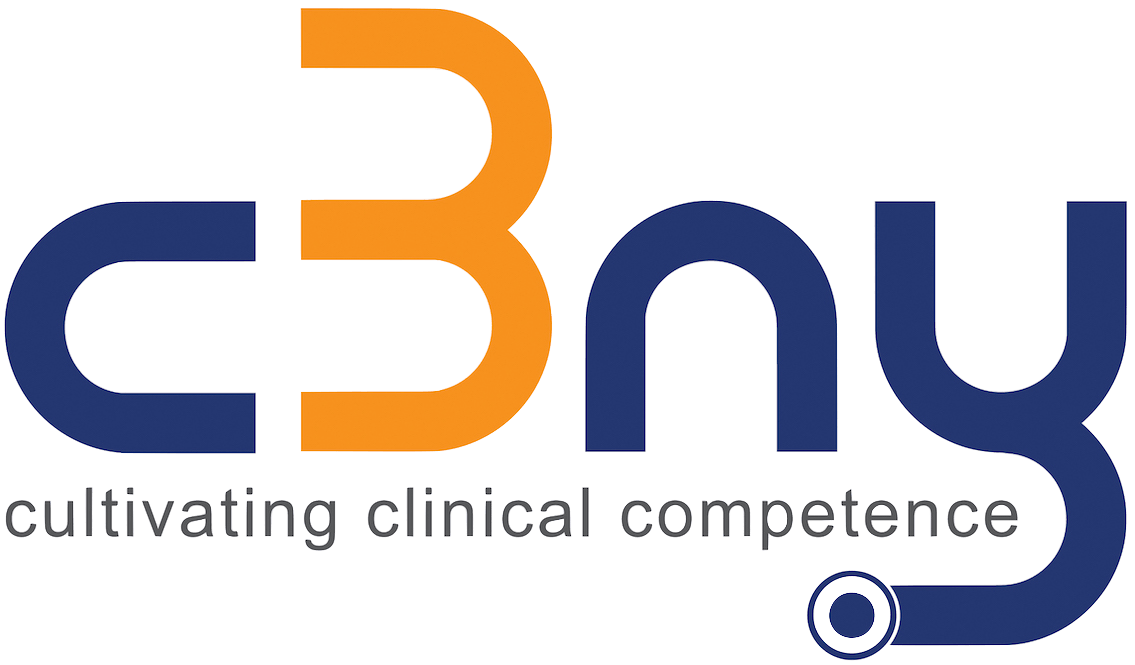In the USMLE Step 2 CS exam, clinical reasoning is critically important. Your ability to put all the pieces together to arrive at three possible diagnoses is a key to a successful outcome. Let’s examine this step by step.
During your encounters with any patient, you will engage in several important clinical tasks, including listening to the patient and taking a comprehensive “patient-centered” history, reviewing the patient’s past records, performing a physical examination, choosing the appropriate studies, and implement interventions. This is clinical reasoning. These same tasks are required to be successful on the USMLE Step 2CS Examination.
Your first step after speaking with the patient for a few minutes is to develop an initial set of diagnoses; then, obtain additional information to confirm or refute those diagnoses. We do not advise forming diagnoses outside the room, before you have even seen or spoken to the patient.
Let’s take an example to help you understand this principle.
A very common symptom is change in weight. Whenever you hear about a change in weight, it is paramount to inquire about a change in appetite. Never assume that a person who is losing weight is eating less or vice versa!
The word “change” is your best friend in interviewing patients; never make assumptions!
So let’s say that a person is a middle-aged adult who is eating more, but losing weight. That is a hypermetabolic process…in fact, a hypercatabolic process. So now let’s use some basic medical knowledge. What are the most common hypercatabolic conditions? Certainly, cancer, hyperthyroidism, and diabetes mellitus would be three of the most common in an adult. So now you have three possible diagnoses to continue your specific questioning. Never use a general list or mnemonic to interview your patients. Each patient is different so you cannot use the same list for all patients! Use a case-specific list as is described below.
Because the patient is eating more and losing weight, consider the following additional questions to help refine your diagnoses:
For the possibility of cancer, ask about blood loss, history of colonoscopy (and results, if any), family history of cancer, cough, smoking, drinking alcohol, abdominal pain, chest pain, change in urination, fatigue, unusual bleeding, etc.
For the possibility of hyperthyroidism, ask about changes in temperature sensitivity, mood, menstrual cycle (if appropriate), hair or skin, bowel movements, voice, energy level, sleeping pattern, and presence of palpitations, tremors, etc.
For the possibility of diabetes mellitus, ask about change in fluid intake, thirst, change in frequency of urination, vision changes, numbness of tinkling on the feet, etc.
Now after asking these case-specific questions and obtaining the answers, you are in an excellent position to establish a differential diagnosis in order of likelihood that is required on the Patient Note of the Step 2CS Examination. You will need to support each diagnosis with the history and physical examination findings (or lack thereof).
On the Step 2CS Examination, the Patient Note puts it all together, and provides information for the USMLE to recognize whether or not you have taken a proper focused history. The Patient Note is the only way the Board knows that a correct history has been obtained from the patient since there is no longer a history checklist filled out by the standardized patient. It is their way also of evaluating your clinical reasoning skills.
Yours in excellent Step 2 CS prep,
The team at C3NY


